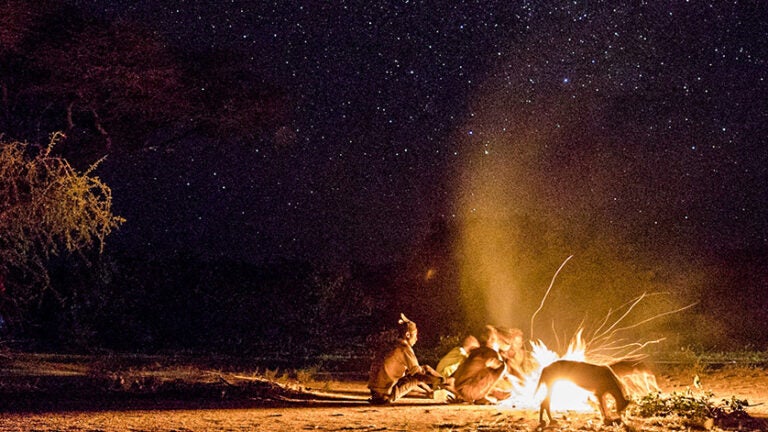
Microbiologist brings his photography skills to support a global research effort
Appearing on the cover of a magazine has long been a coveted achievement for fashion models, actors, musicians and other entertainers. As it turns out, scientists like it, too.
Celebrities and fashionistas mark the honor as recognition of their talent or fame (not to mention their ability to sell magazines). For scientists, though, it’s most often about placing their research study on the face of a scientific journal, where it will immediately fall under the inquisitive gaze of their colleagues and peers.
To make the cover, a study needs to be compelling; solid data and a new finding are foremost. But it doesn’t hurt if the research includes visual appeal, as well.
Recently, Christopher Corzett, senior research associate in the Department of Biological Sciences at the USC Dornsife College of Letters, Arts and Sciences, came through with the visual component, creating an image both striking and germane to the study it represents. It appears on the cover of the April 15 issue of the journal Cell.
Corzett graduated with a Ph.D. in molecular biology from USC Dornsife in 2012, then embarked on a postdoctoral fellowship at the Massachusetts Institute of Technology. There, he learned that several of his colleagues had founded the Global Microbiome Conservancy (GMbC), an international nonprofit that collects and preserves samples of human gut microbes throughout the world. An avid photographer, Corzett offered to join them in the field, documenting their work to raise awareness of the research.
Though he returned to USC Dornsife in 2017, Corzett has continued working with the group. He captured the image used on the cover of Cell in 2018 during a trip to Tanzania. The GMbC team sampled microbes from members of three groups living near one another but having very different lifestyles: a Hadza community, who are among the last true hunter-gatherer communities in the world; a Datoga community of pastoralists; and nearby city dwellers.
The samples were among those used for the study that appeared in Cell, which found industrial lifestyles impact how our gut microbiomes evolve.
“The image was made one evening when a few Hadza hunters visited the Datoga camp to exchange foraged honey for arrowheads that the Datoga had made,” he said. “After a successful hunt, the well-fed Hadza hunters settled down by their fire under the starlit sky.”
Over the past several years, Corzett has traveled with the GMbC team to Rwanda, Malaysia and Thailand. The Bridge Art + Science Alliance, an initiative of the Bridge Institute of the USC Michelson Center for Convergent Bioscience that promotes collaborations among scientists and artists, helped fund these trips.
Corzett says images such as the Cell cover photo provide opportunities for scientists to engage with the public and share the value of their work, and they can also help improve scientific literacy.
“I think that images communicate in ways that words cannot, and I want to use photography to help share exciting science and the people that make it possible,” he said. “Every day, scientists all around the world are doing amazing work, but too often people never see what really goes into those findings. I use photography to help extend the reach and resonance of science.”
Corzett’s photography is available on his website at www.christophercorzett.com and via his Twitter account, @CCorzett.